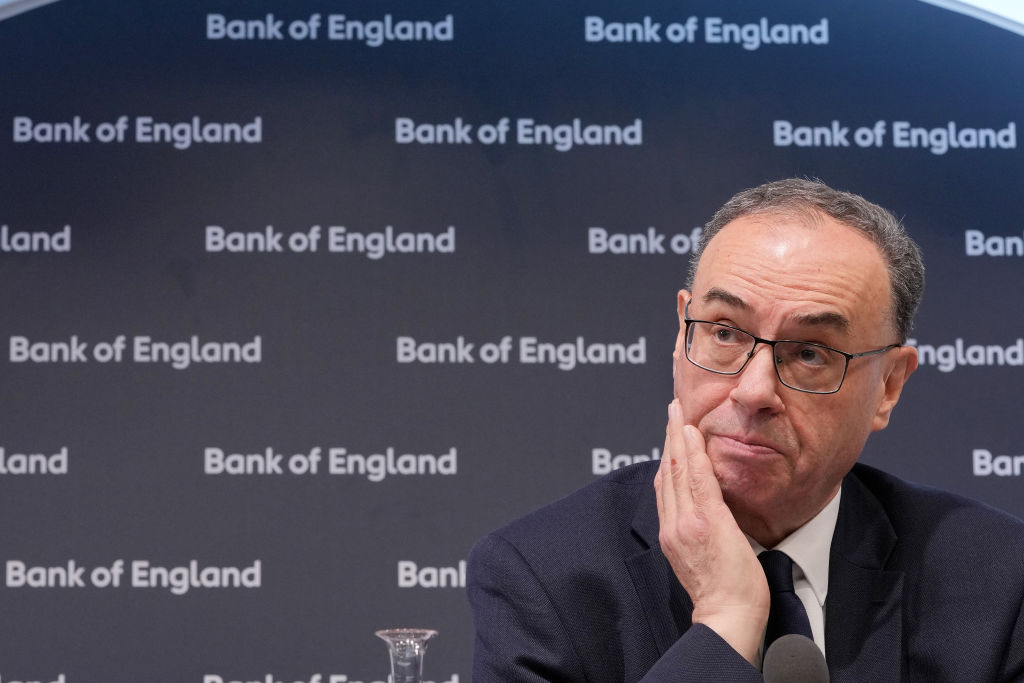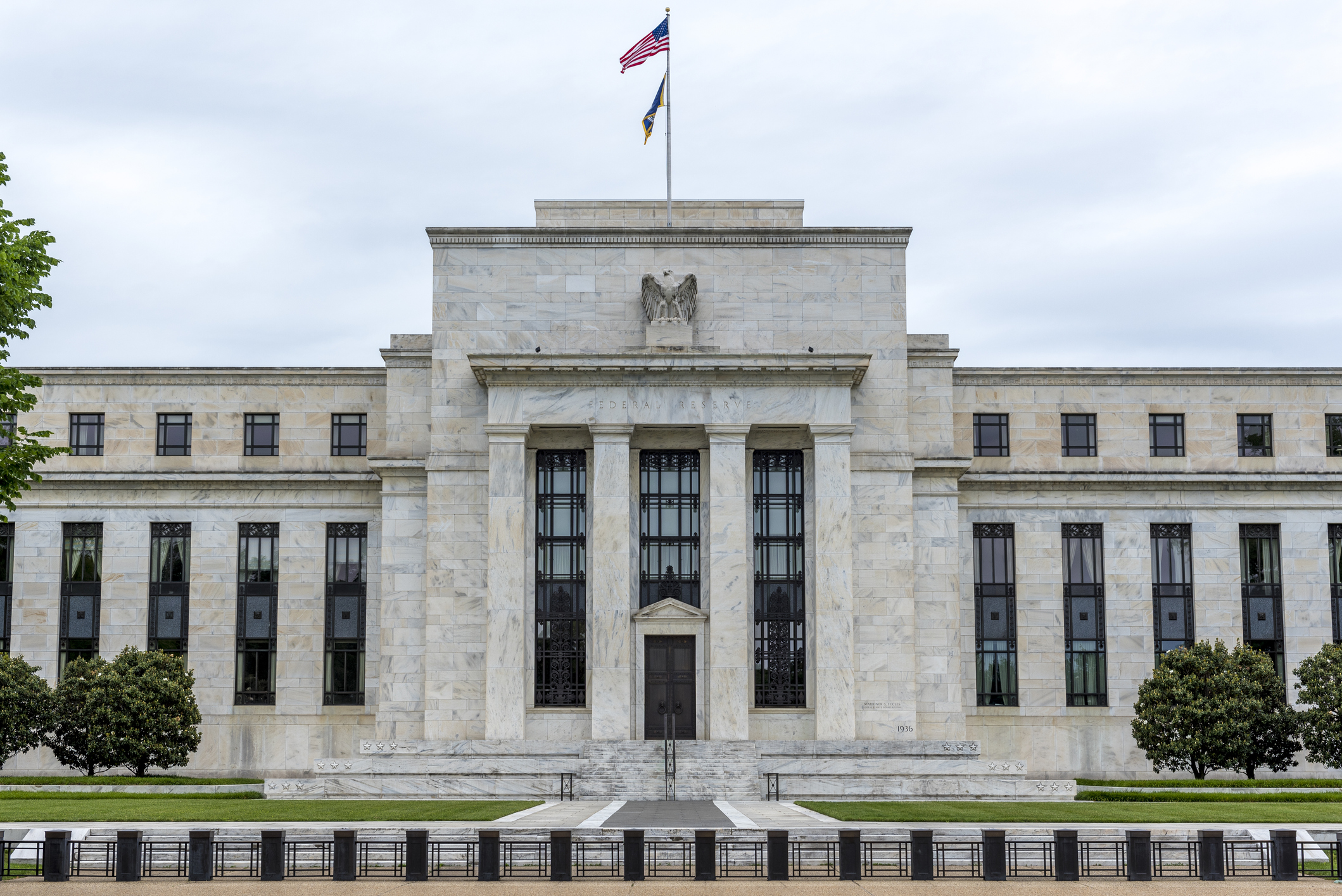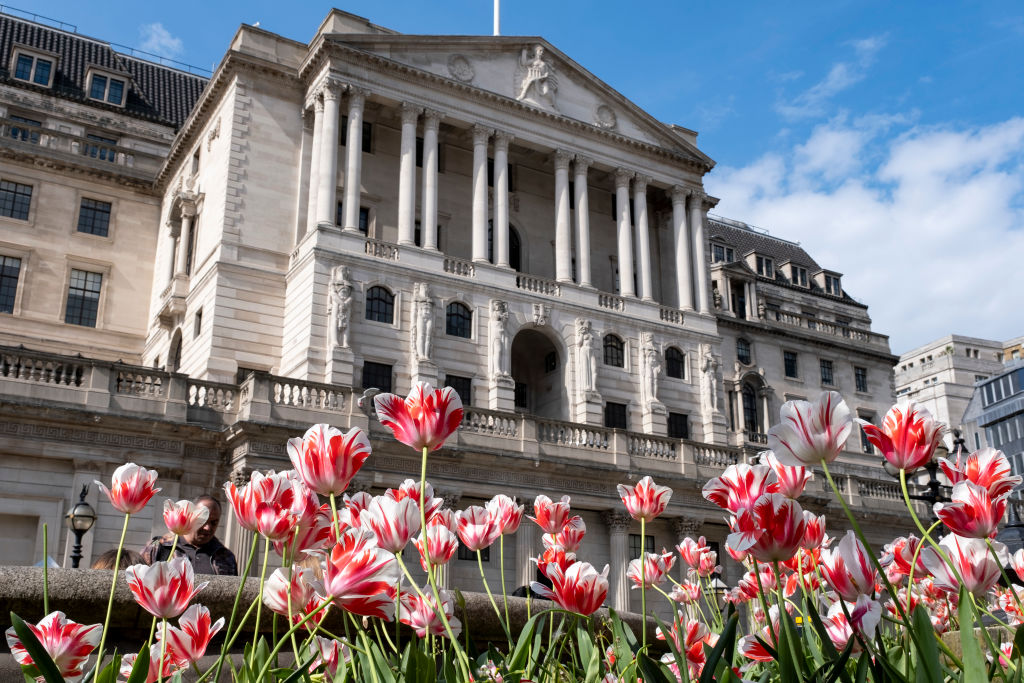When is the next Bank of England base rate meeting?
The Bank of England held interest rates at 4% in November. When is the next Monetary Policy Committee meeting and will interest rates fall further?


The Bank of England meets eight times a year to set the base rate, a mechanism that influences interest rates on everything from mortgages to savings accounts.
The next rate decision will be announced on 18 December. The Bank of England has been cutting interest rates since last summer at a rate of roughly once per quarter, and many analysts expect them to cut rates again in their final meeting of 2025.
In the Monetary Policy Committee’s (MPC) most recent meeting on 6 November, the committee narrowly voted to hold interest rates at 4%, as five members voted to hold and four members voted to cut by 25 basis points.
MoneyWeek
Subscribe to MoneyWeek today and get your first six magazine issues absolutely FREE

Sign up to Money Morning
Don't miss the latest investment and personal finances news, market analysis, plus money-saving tips with our free twice-daily newsletter
Don't miss the latest investment and personal finances news, market analysis, plus money-saving tips with our free twice-daily newsletter
Andrew Bailey, governor of the Bank of England, held the deciding vote, opting for a cut as he said “there was value in waiting for further evidence" despite inflation coming in below expectations in September.
Bank of England meeting dates
The MPC meets roughly every six weeks to set the base rate. The meetings usually happen the day before the interest rate announcement.
There is just one meeting left in 2025, with the decision being announced on 18 December.
The Bank of England has confirmed when the MPC’s interest rate decisions will be announced in 2026:
- 5 February
- 19 March
- 30 April
- 18 June
- 30 July
- 17 September
- 5 November
- 17 December
What is the Bank of England’s Monetary Policy Committee?
What is the Bank of England’s Monetary Policy Committee?
The MPC is responsible for setting the base rate, also known as ‘Bank Rate’.
The base rate is the most important interest rate in the UK, as the interest you earn on your savings or that you repay on loans is influenced, set and adjusted based on this figure.
The committee is made up of nine members, chaired by governor Andrew Bailey. Four of the committee members are external experts, appointed to make sure the MPC benefits from thinking and expertise from outside of the Bank of England.
During each meeting, the committee votes on whether to cut, hold or raise interest rates.
Bank of England base rate forecast
Some analysts now believe interest rates are more likely to be cut in the final MPC meeting of the year, as inflation came in lower than expected in September and is forecast to gradually fall closer to target through 2026.
The vote split in November’s base rate decision also indicated that a cut may be likely as four out of seven of the MPC’s members voted to cut rates by 25 basis points to 3.75%.
By the time the MPC meets in December, Rachel Reeves’s Autumn Budget will have been set out, with the central bank having had ample time to analyse the measures enacted and see how they will influence the inflationary outlook.
For instance, while incredibly politically unpopular, potential tax rises would likely act as a further disinflationary force in the economy.
Sanjay Raja, chief UK economist at Deutsche Bank, said: “We continue to think that the MPC will cut Bank Rate once more this year – taking Bank Rate to 3.75% by year-end.
“We also maintain that the Bank Rate will likely settle closer to 3.25% by summer next year. The big question now is whether there is enough dovish momentum in the data to back a faster reduction in Bank Rate over the first half of next year.”
Get the latest financial news, insights and expert analysis from our award-winning MoneyWeek team, to help you understand what really matters when it comes to your finances.
Daniel is a financial journalist at MoneyWeek, writing about personal finance, economics, property, politics, and investing.
He is passionate about translating political news and economic data into simple English, and explaining what it means for your wallet.
Daniel joined MoneyWeek in January 2025. He previously worked at The Economist in their Audience team and read history at Emmanuel College, Cambridge, specialising in the history of political thought.
In his free time, he likes reading, walking around Hampstead Heath, and cooking overambitious meals.
-
 Asia's new tiger economy: MoneyWeek Talks
Asia's new tiger economy: MoneyWeek TalksPodcast MoneyWeek's editor, Andrew van Sickle, speaks to Dragon Capital's Thuy-Anh Nguyen about Vietnam's remarkable rise
-
 How much do you need to earn to afford the average rent?
How much do you need to earn to afford the average rent?Rental growth is slowing and making rents more affordable for tenants, but what hwo much do you need to earn to afford the average UK rent?
-
 Why Scotland's proposed government bonds are a terrible investment
Why Scotland's proposed government bonds are a terrible investmentOpinion Politicians in Scotland pushing for “kilts” think it will strengthen the case for independence and boost financial credibility. It's more likely to backfire
-
 How have central banks evolved in the last century – and are they still fit for purpose?
How have central banks evolved in the last century – and are they still fit for purpose?The rise to power and dominance of the central banks has been a key theme in MoneyWeek in its 25 years. Has their rule been benign?
-
 UK to have highest inflation among advanced economies this year and next, says IMF
UK to have highest inflation among advanced economies this year and next, says IMFThe International Monetary Fund (IMF) says it expects inflation to remain high in the UK, while lowering economic growth forecasts for 2026.
-
 Is Britain heading for a big debt crisis?
Is Britain heading for a big debt crisis?Opinion Things are not yet as bad as some reports have claimed. But they sure aren’t rosy either, says Julian Jessop
-
 'Britain is on the road to nowhere under Labour'
'Britain is on the road to nowhere under Labour'Opinion Britain's economy will shake off its torpor and grow robustly, but not under Keir Starmer's leadership, says Max King
-
 'Governments are launching an assault on the independence of central banks'
'Governments are launching an assault on the independence of central banks'Opinion Say goodbye to the era of central bank orthodoxy and hello to the new era of central bank dependency, says Jeremy McKeown
-
 Why investors can no longer trust traditional statistical indicators
Why investors can no longer trust traditional statistical indicatorsOpinion The statistical indicators and data investors have relied on for decades are no longer fit for purpose. It's time to move on, says Helen Thomas
-
 Live: Bank of England holds UK interest rates at 4.5%
Live: Bank of England holds UK interest rates at 4.5%The Bank of England voted to hold UK interest rates at their current level of 4.5% in March, as widely anticipated, after inflation rose to 3% in January
